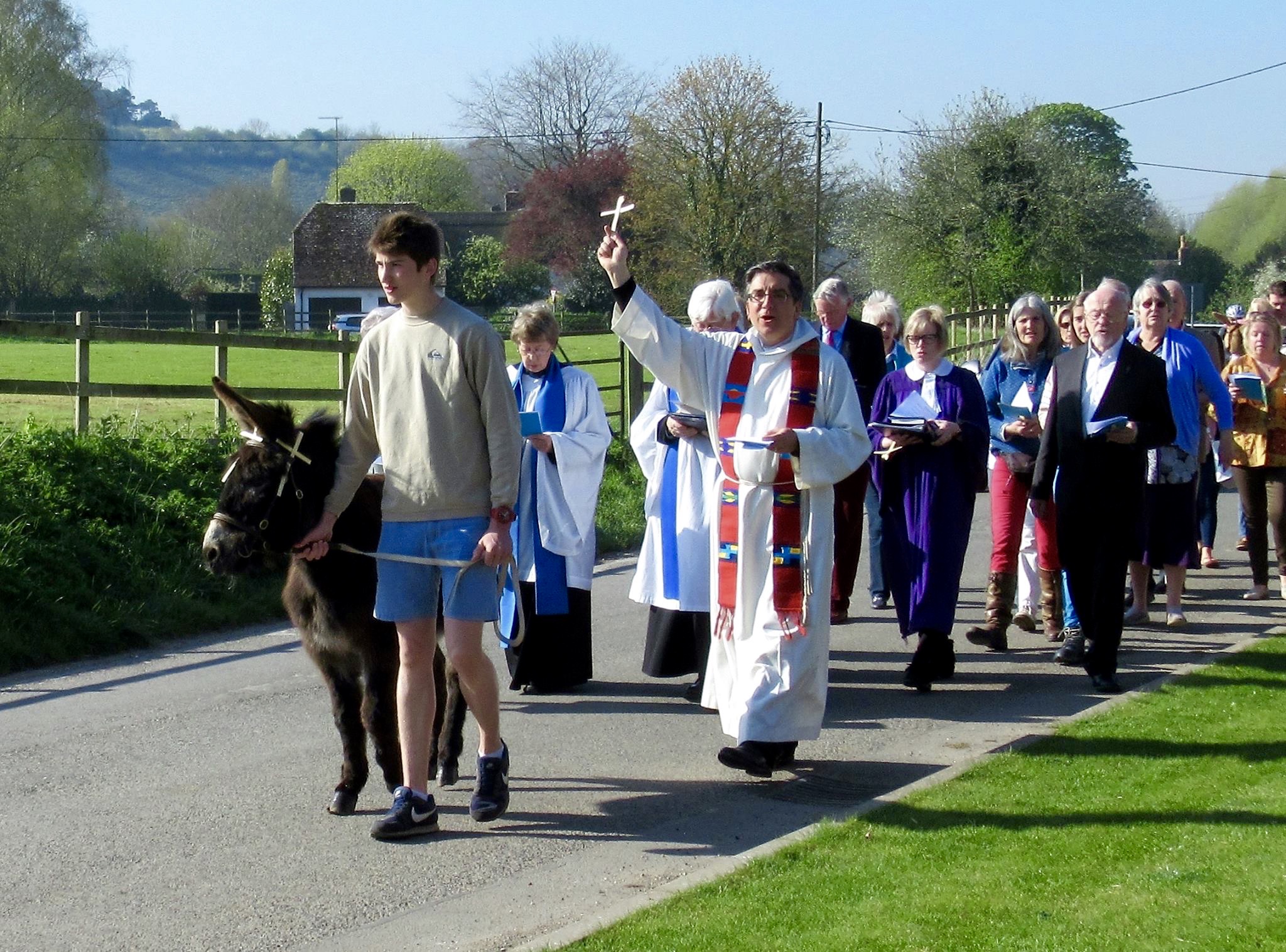St Andrew Church, Great Durnford
 The church was altered through the thirteenth and sixteenth Centuries but what makes this church unique is it is without major Victorian (nineteenth Century) restoration. The earliest part of the church is the twelfth century nave, then came the chancel and Angelus bell tower and finally during the fifteenth and sixteenth century the porches. The majority of the pews are fifteenth or sixteenth century with panelled ends and a set of simple earlier medieval pews at the back of the church, which are believe to be pre-fifteenth century.
The church was altered through the thirteenth and sixteenth Centuries but what makes this church unique is it is without major Victorian (nineteenth Century) restoration. The earliest part of the church is the twelfth century nave, then came the chancel and Angelus bell tower and finally during the fifteenth and sixteenth century the porches. The majority of the pews are fifteenth or sixteenth century with panelled ends and a set of simple earlier medieval pews at the back of the church, which are believe to be pre-fifteenth century.
The Chancel Arch – decorated with horizontal chevrons. Notice the two grotesques of an owl and dove on the outer capitals.
Wall Paintings – One of the fascinating things about this church is the amount of wall painting still in place, even though many are very worn. It is believed the painting over the chancel arch is that of a Doom painting. To the south wall a St. Christopher and throughout the nave a generalised swirl pattern in red line work.
The Font – Twelfth century, which contains a round bowl with compact interlocking arcades and scrolls over the entire surface.
The Lectern – Seventeen Century revolving lectern with a bulbous acanthus carved stem with a two-sided bookstand.
The Pulpit – dated 1619 has carved arched panels with wainscot panelling behind, matching the seventeenth century Readers’ Desk on the opposite side. The pulpit hangings and cushion sign I.C 1657.
Parish Chest – Iron bound dating to the fifteenth century.
Tomb – Limestone tomb floor standing chest with niches over with three-centred arches dated 1607. Within the niche is a pictorial brass, inscribed to Edward Younge of Little Durnford. The family coat of arms and depicting their fourteen children.
Chancel Roof & Painting - the chancel roof has barrel-vaulted rafters with tie beams. On the east wall we can see formal flowers on red lined masonry with a top frieze. To the right are two aumbries, containing the Blessed Sacrament.
The Organ Gallery is mounted on two Corinthian columns and has fielded panelling on the balcony front and houses an organ by George Jackson of Oxford in a gothic case.